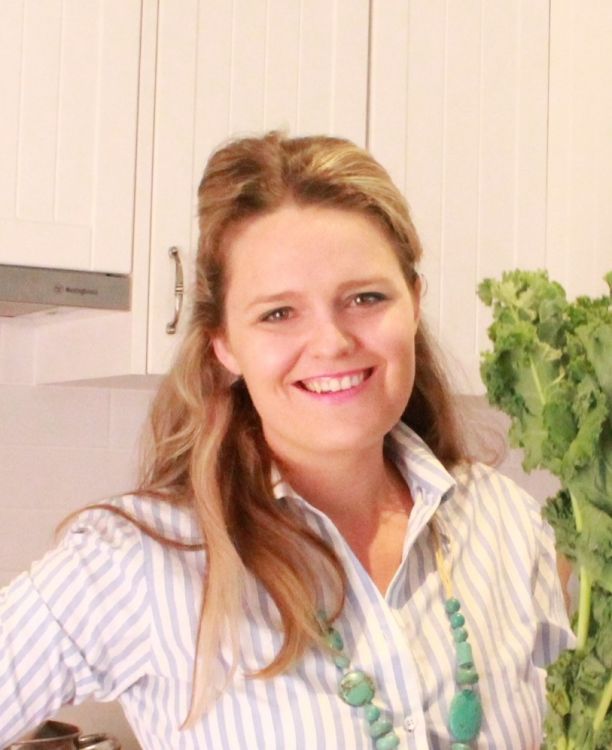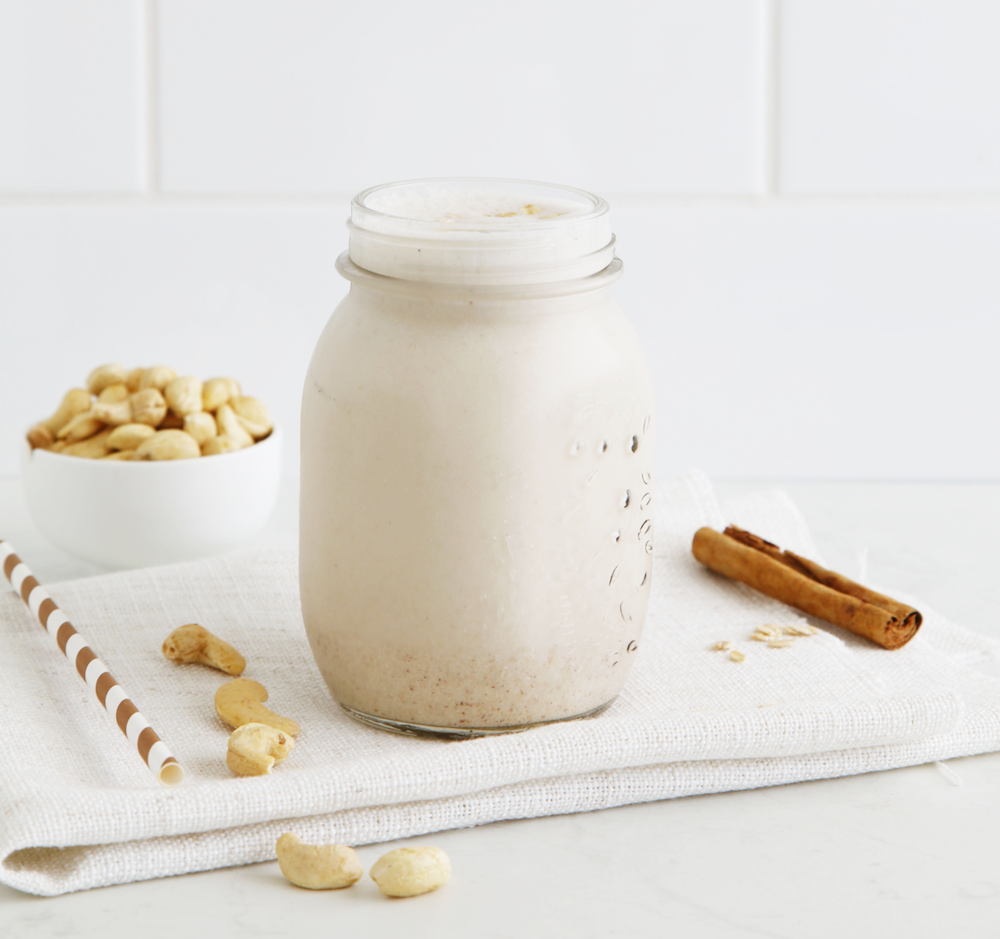
Are reduced fat dairy products poisonous?
The short answer is no.
But like all food science and nutrition, this comes with a few asterisks. Please read on so I can explain it further for you.
Many people are concerned about reduced fat dairy products and their role in a healthy diet. There has been a lot of talk about fat and sugar in the media in the last few years which is incredibly exciting, but some of it can be misleading.

The reduced fat yoghurt and cheeses are made from reduced fat milk. So how is reduced fat milk made?
A full fat milk is pumped through a centrifuge, which is like a giant spinning magi-mix. The fat comes to the top and it is skimmed off. Hence the name skim milk. The remaining milk is then sold as a reduced fat milk.
Because milk is a naturally occurring compound made firstly by an animal, there are many factors that change depending on what the cow eats and what the season is. At different times of the year, the cow’s milk will have a different nutritional profile and so to keep our milk consistent through the year, milk suppliers may blend their milks to reach a certain specification for fat, protein and sugars.
Is sugar added to low fat milk?
For plain, non-flavoured milks or yoghurts, no. For milk, there is a naturally occurring sugar called lactose. Roughly, this should be at around 4-5 grams per 100ml.
Although you will find that sometimes the sugar content per 100g or 100ml is slightly higher. This is most often associated with the fact, that like any recipe, if you take something out, like fat, the percentage of other ingredients change. It is an equation like algebra and the 100 grams is the percentage.
If sugar was added, it would need to be on the ingredient list.
Here’s an example explaining this further, using Jalna yoghurt which is a fabulous choice of yoghurt, whether you choose the full fat or reduced fat varieties.
Jalna Full Fat Greek yoghurt
From a nutritional panel perspective it says:
- 8 grams of total sugar per 100 grams of yoghurt, which would be all based on lactose from the milk (which is the milk sugar naturally occurring).
- As it is a full fat Greek yoghurt there are 10 grams of total fat per 100 grams of yoghurt.
Jalna Fat Free Natural yoghurt
This is a natural yoghurt but is actually fat free. It only has 0.1 grams of total fat per 100 grams of yoghurt.
The total sugars are at 5.5 grams per 100 grams. The reason why there is more sugar compared to fat is not because they have added sugar (a common misconception for natural and plain yoghurts, although added sugar can occur in the flavoured ones) it is because percentage wise when you have less of one particular component, naturally there is higher of something else, in this case, naturally occurring sugars.
Are there other ingredients added to low fat dairy options?
Yes, often there are and this is the big asterisk that I talked about in the first paragraph.
Often flavoured, even fruit flavoured low fat or reduced fat dairy options have ‘other’ ingredients added to their products. There are many reasons for this and one of them being the functionality of the product.
Fat gives many food products that delicious creamy flavour profile, mouth feel and thickness. When you take the fat out, the product does change in these areas, amongst others. Therefore, food manufacturers sometimes add other ingredients in to compensate for the loss in flavour and mouth feel. But not all food manufacturers and not all food products do this.
At the Healthy Mummy we suggest you always check the ingredient listing of your packaged food and read the ingredients. The first item is the greatest occurring amount of ingredient and the last ingredient listed, is the lowest. Check where the sugar or flavour is coming from and how they are making the product creamy. Some ingredients are okay like fruit puree or milk solids, but others such as sugar, gelatins and thickeners are less desirable.
Why does the Healthy Mummy suggest low fat dairy options?
When we as Nutritionists design the 28 Day Challenge healthy eating and weight loss challenges we are looking at a comprehensive and varied diet which is full of delicious fresh fruits, vegetables, grains, pulses, legumes, lean meats, poultry, seafood and dairy.
We believe that fat is an important part of a healthy diet and include many mono-unsaturated and poly-unsaturated sources of wholefood healthy fat sources such as avocadoes, salmon, olive oil and nuts.
When it comes to dairy sources, you can include full fat sources and can even swap the suggested low fat sources of dairy to full fat sources. Although the calorie and kilojoule intake of the recipes will not be correct if you do change to a full fat dairy choice.
Amongst other factors, nutritional and health science still points to calories and kilojoules playing a significant role in successful weight loss. This is why we have chosen to limit the calories and kilojoules associated with reduced fat dairy options to ensure we include a variety of other whole food fat sources, and still maintain successful weight loss and optimum nutritional health of our participants.
We only suggest low fat or reduced fat dairy options that do not add additional sugar or functional ingredients into their recipes and always believe you should read the ingredient panel to ensure they do not.
Mandy Dos Santos, Nutritionist

